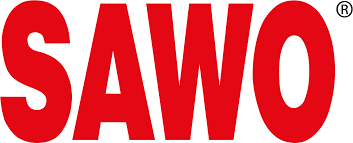Most bank customers sign up for new checking accounts without having a full and complete understanding of many of the account’s terms and conditions (Ts&Cs). One of the most often misunderstood Ts&Cs is of overdraft protection programs.
In general, the function of an overdraft protection program is to allow the bank to cover (pay for) an outstanding debit charge, credit charge, or check that is made against a checking account that has an insufficient balance to cover the charge. In return, the bank will charge the customer a fee for this service. The fee gets applied directly to the account balance at the time of the charge, adding to the already negative balance.
One of the most misunderstood aspects of overdraft protection programs on the part of consumers is the fact that the bank will allow a debit card charge to be approved and processed, even if the account balance is negative! Most checking account customers believe erroneously that the bank will simply reject any debit purchase that they try to make if the balance is too low to cover it. Not so! Instead, the bank will honor it and then charge an overdraft fee. This simple misunderstanding results in billions of dollars of additional income for banks in the form of overdraft fees.
Not only are banks in no hurry to dispel this misconception about how overdraft protection works – many of them actively engage in practices designed to increase the likelihood that multiple overdrafts will occur on the same day, thereby increasing the number of overdraft fees they earn. They do this by processing first the larger-amount transactions made in a given day, then processing the smaller transactions. Doing it this way increases the likelihood of an overdraft occurs. The result: as the last few transactions are processed, each one can result in an overdraft fee being charged.
If you have noticed one or more overdrafts on your bank statement recently, you probably want to do everything in your power to get them removed. This feeling can be especially strong if you think that the overdraft is the result of a deceptive practice on the part of the bank.
To get an overdraft item reversal request accepted by your bank, try taking these steps:
1. Get a copy of your bank statement, either online or in paper form.
2. Find the line item in question by looking at the date of the transaction that resulted in one or more overdraft fees being charged to your account. These will be expressed as a debit against your account (shown with a minus sign, like a withdrawal).
3. Look at the checking account balance shown in your account on the day and time of the charge that resulted in an overdraft. Was it still showing as positive at the time? If so, you may be able to convince your bank that their statement is not clear and that a reasonable person would have concluded that there was a balance in the account at the time.
4. Remember that when you call your bank, it is important to be polite and friendly. They get thousands of complaints every day about overdraft fees and are ready with verbal ammunition to fire back at you. Their most common ploy: is to make it seem like it’s obvious that you made the mistake, not them. But, anyone who has seen a typical bank statement knows that they are far from clear.
5. If you are unable to convince the phone representative to reverse your overdraft charge, consider writing a letter to your bank’s home office to formally register a complaint.
Of course, all of this protesting work takes time, and for many of us, time is money. Sometimes, it can be easier to give up trying to fight your bank about a given charge, instead opting to switch to a bank that does not charge overdraft fees. There are banks in the marketplace today that will never charge you an overdraft fee – even if you overdraw your account!
 SawoPurple
SawoPurple